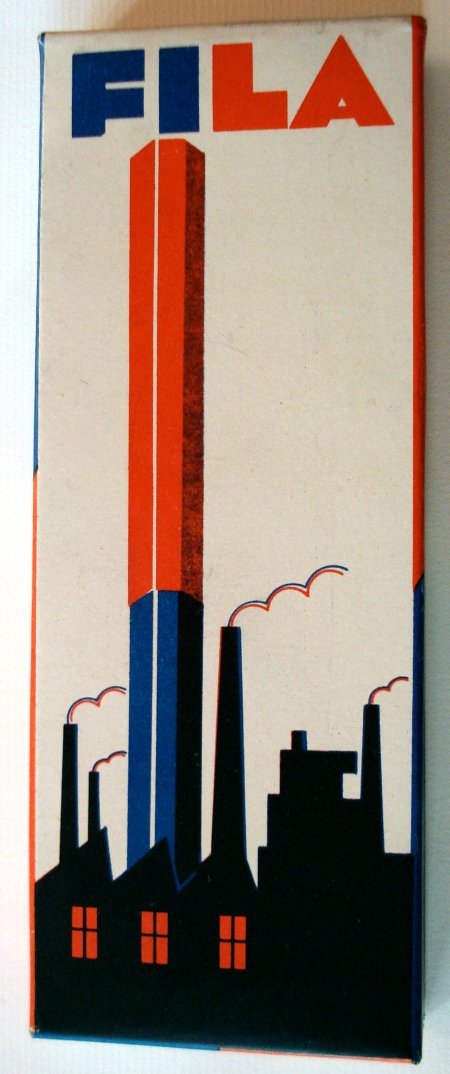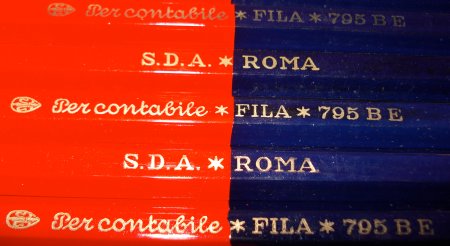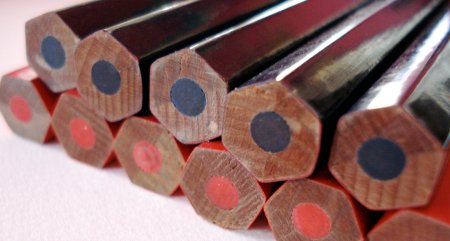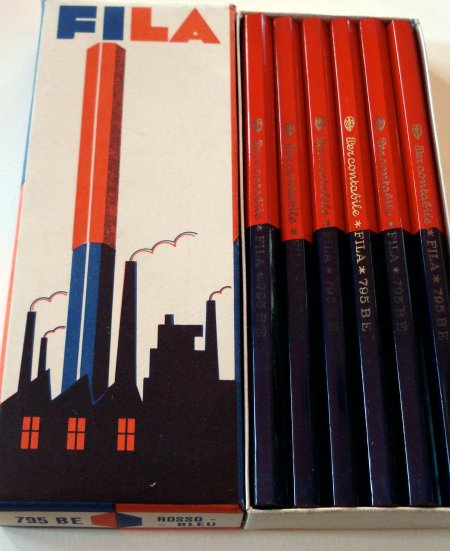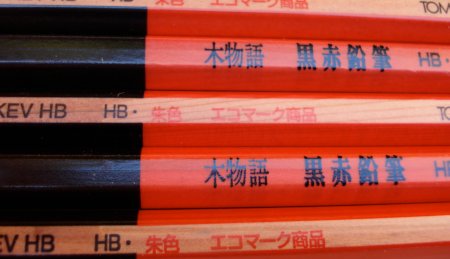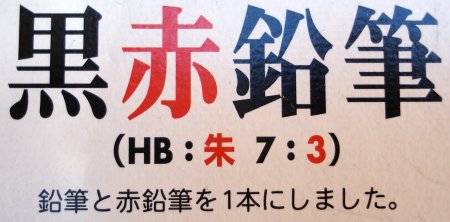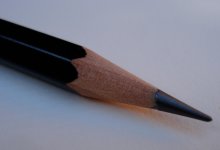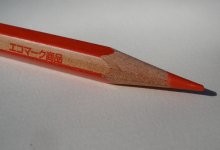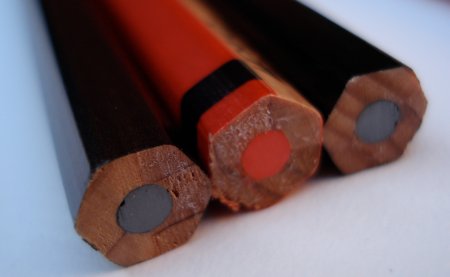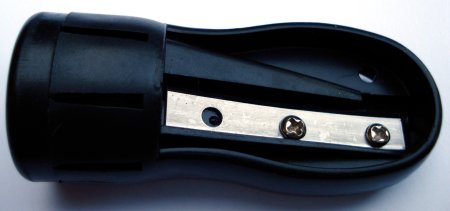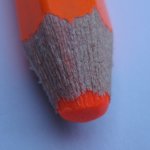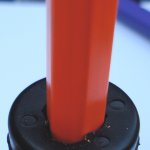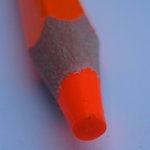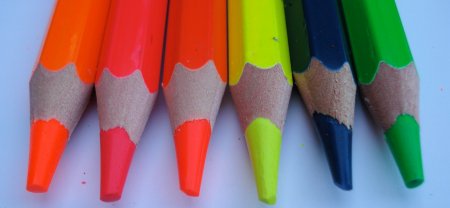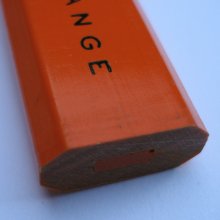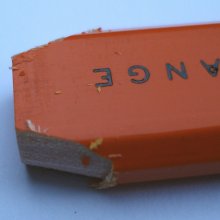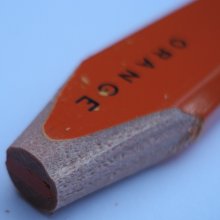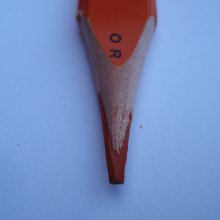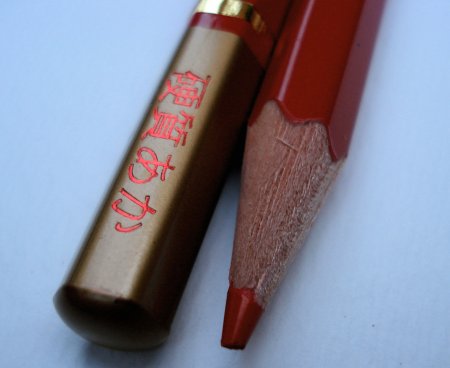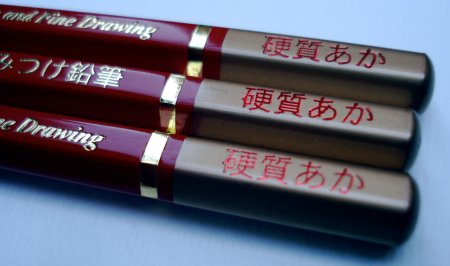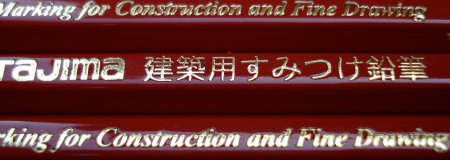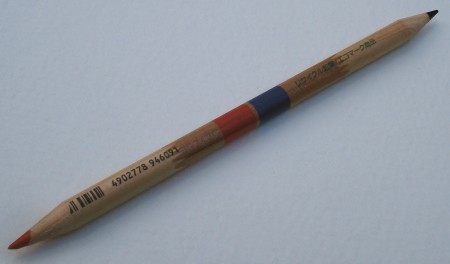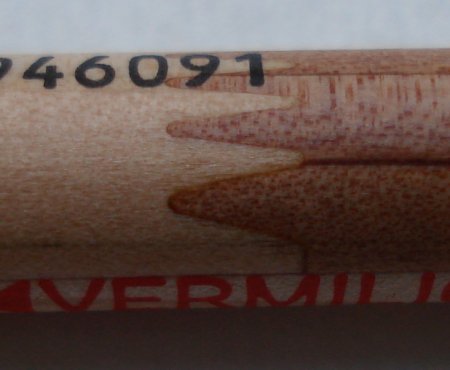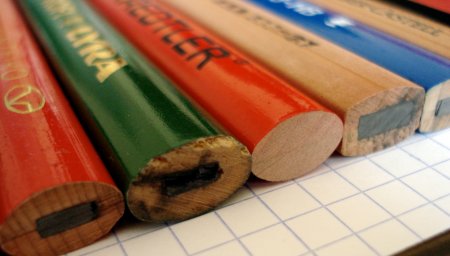
The carpenter pencil has a claim on being the original pencil. The oldest known existing woodcase pencil is a carpenter pencil, seen here at the Faber-Castell website.
This pencil type is defined by the rectangular lead and housing.
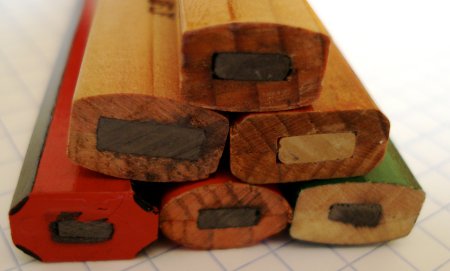
Why the shape? The resistance to rolling off a sloped roof is the best explanation I’ve heard.
The ones I’ve seen for sale in Canada are typically octagonal – rectangles with the edges further chopped. But there is also a “chopped ellipse” version.
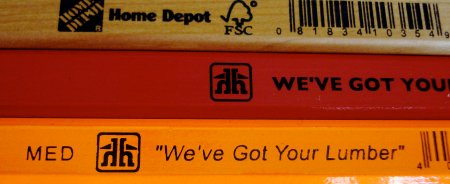
Hardware stores sell them. Seen here: Home Depot – note the FSC mark – I believe these are made by Musgrave, and were possibly the first pencil in a brick and mortar retail channel with this mark. Also, a couple of pencils from Canadian chain Home Hardware (headquartered in St. Jacob’s, Ontario).

Yet carpenters aren’t the only ones who have appreciated the shape of this pencil. Artists have also found the shape appealing. Here are a few pencils from Derwent, Faber-Castell, and General aimed at artists in the carpenter shape.
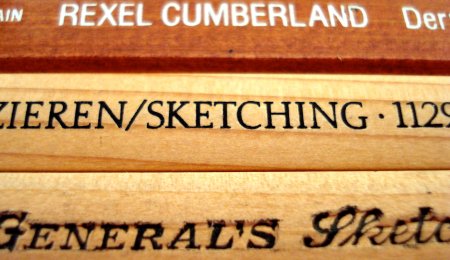
The Faber-Castell PITT Sketching 112994 in particular has an exceptional finish, with a thick clear vanish highlighting the natural woodgrain.
Some carpenter pencils from Europe have oval shapes. Additionally, they come in extra long versions. The pencil slat is a highly standardized commodity, and most pencils are about 175mm in length. Yet carpenter pencils also come in 240mm and 300mm lengths. I had read this online some while ago, yet was really surprised to see some in person. Non-novelty pencils made in nonstandard lengths are extremely rare.
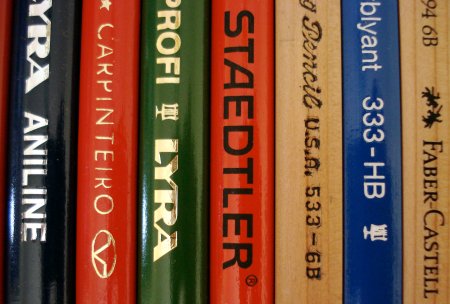
Do you use these pencils, either as a carpenter or artist?
This is the first of a four-part mini-series. Tomorrow: The Keson CP2 Carpenter Pencil Sharpener

